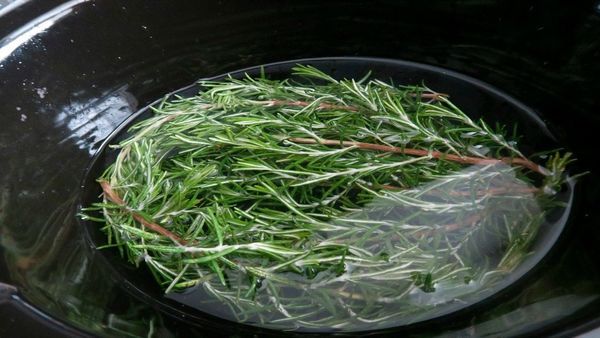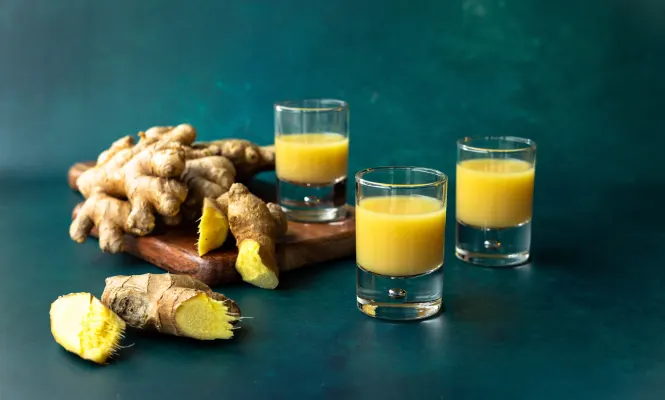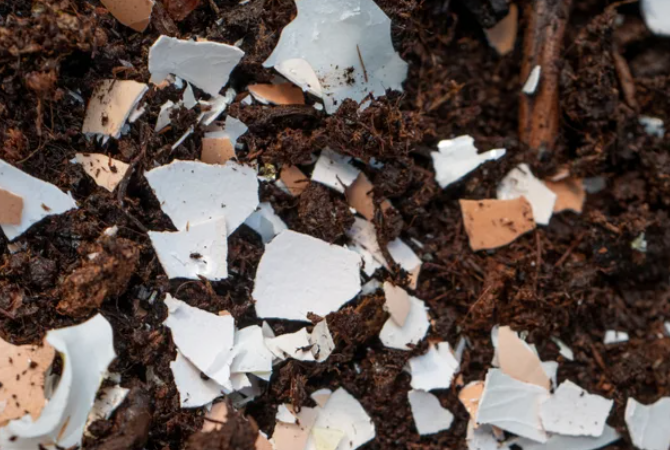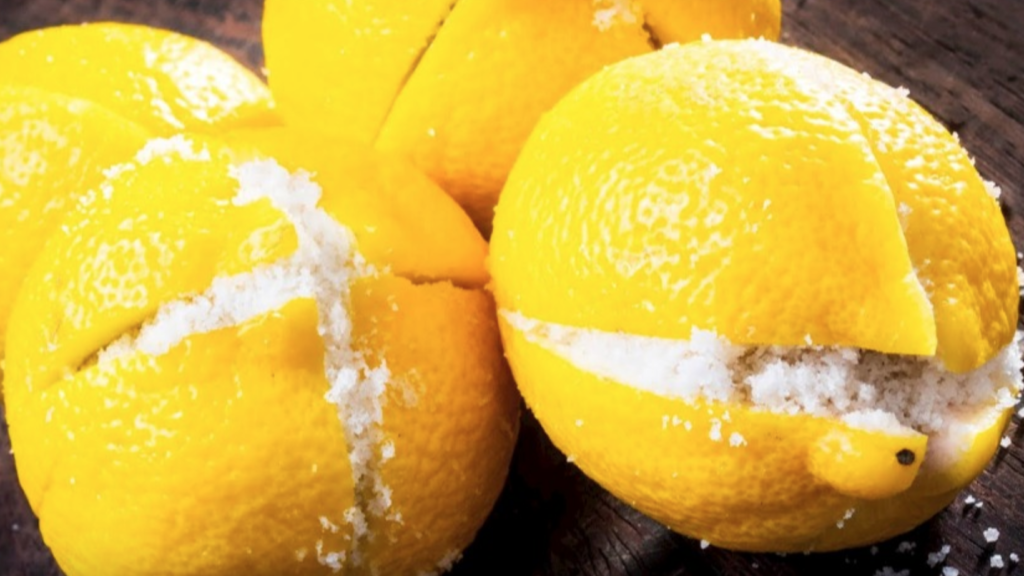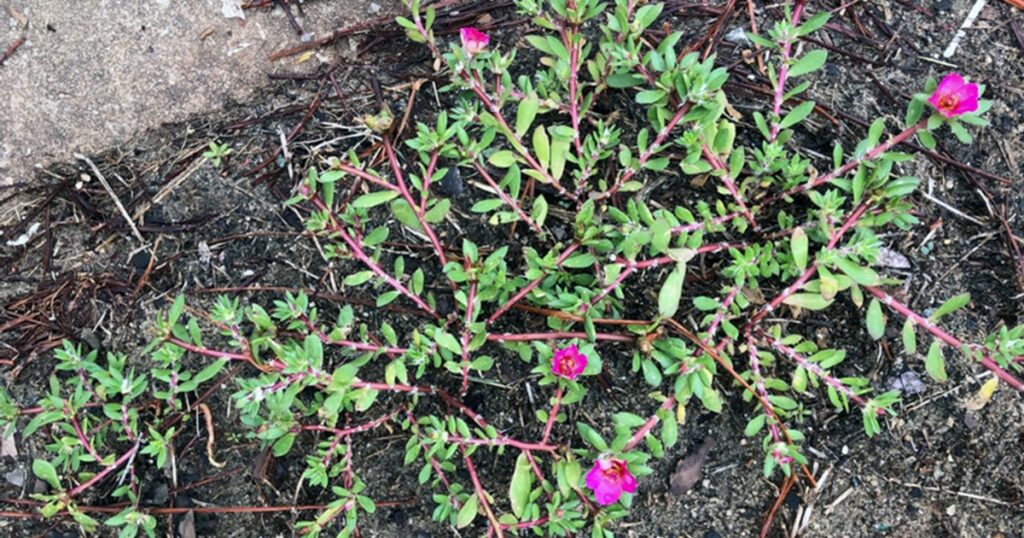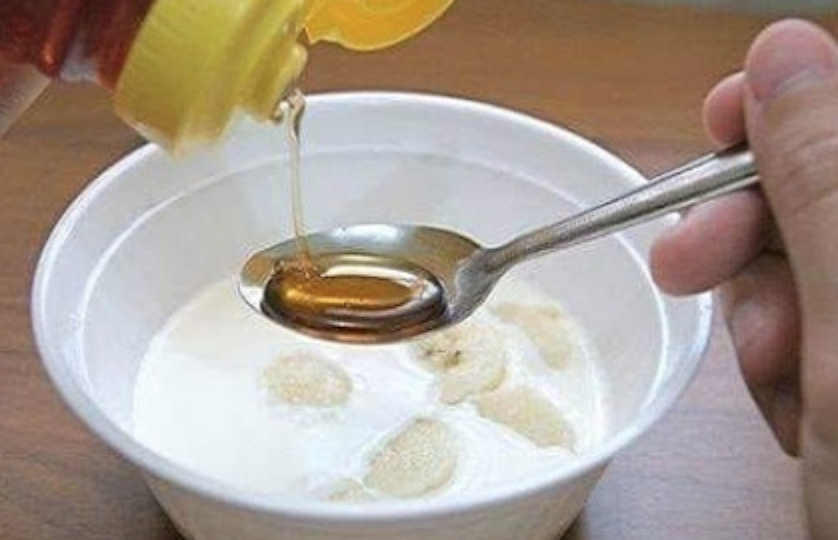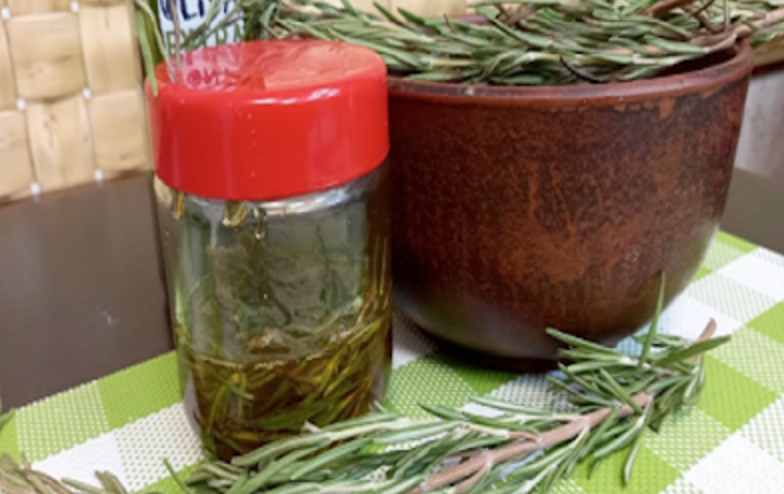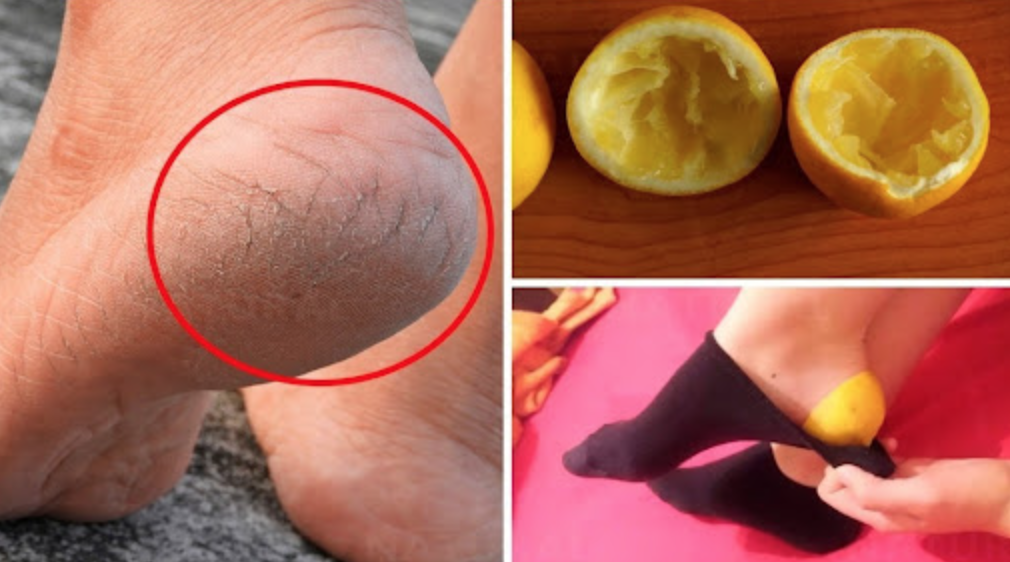Rosemary isn’t just an ordinary herb you use for seasoning dishes. It’s actually a magical ingredient that can transform your home and daily life in ways you never expected.
As a homemaker, we’re always on the lookout for time-saving cleaning tricks, especially when we have guests coming over. Well, get ready to be amazed by the power of rosemary.
Rosemary is not just an aromatic plant, it’s practically magic. Its natural deodorizing properties eliminate bad odors and leave behind a pleasant fragrance that lingers in your home.
Using rosemary to freshen up your home is simple:
- Fill a small pot with water.
- Add ten fresh rosemary sprigs.
- Bring it to a boil for a few minutes, then let it simmer for 5 minutes.
- Turn off the heat and let it steep.
- The wonderful aroma will continue to fill your space, even after you turn off the stove.
But the wonders of rosemary don’t stop at cleaning. It has incredible benefits for hair care and can even elevate your culinary creations.
After boiling, let the rosemary water cool down to room temperature. You can use this water as a natural deodorizer for your rooms, filling them with a refreshing and invigorating aroma.
If you’re looking to strengthen your hair and combat hair loss without resorting to harmful products, rosemary is your answer. It’s a cost-effective and homemade solution that has been passed down from generation to generation.
Here’s a simple hair care routine using rosemary water:
- Filter the boiled rosemary water.
- Pour the filtered water into a spray bottle.
- Spray the water directly onto your scalp.
- Gently massage your scalp in soft circular motions using your fingertips.
- Use this rosemary lotion at least three times a week and see incredible improvements in your hair health in just a month.
Don’t just limit rosemary to hair care and room fragrance. It can also be the secret ingredient that takes your cooking to another level.
Rosemary is more than just a herb; it’s your ultimate secret weapon as a homemaker. Whether it’s enhancing the aroma of your home or providing incredible hair remedies, the uses of rosemary are diverse and impactful. So why wait? Experience the wonders of rosemary in your home today and embrace all its amazing benefits!
